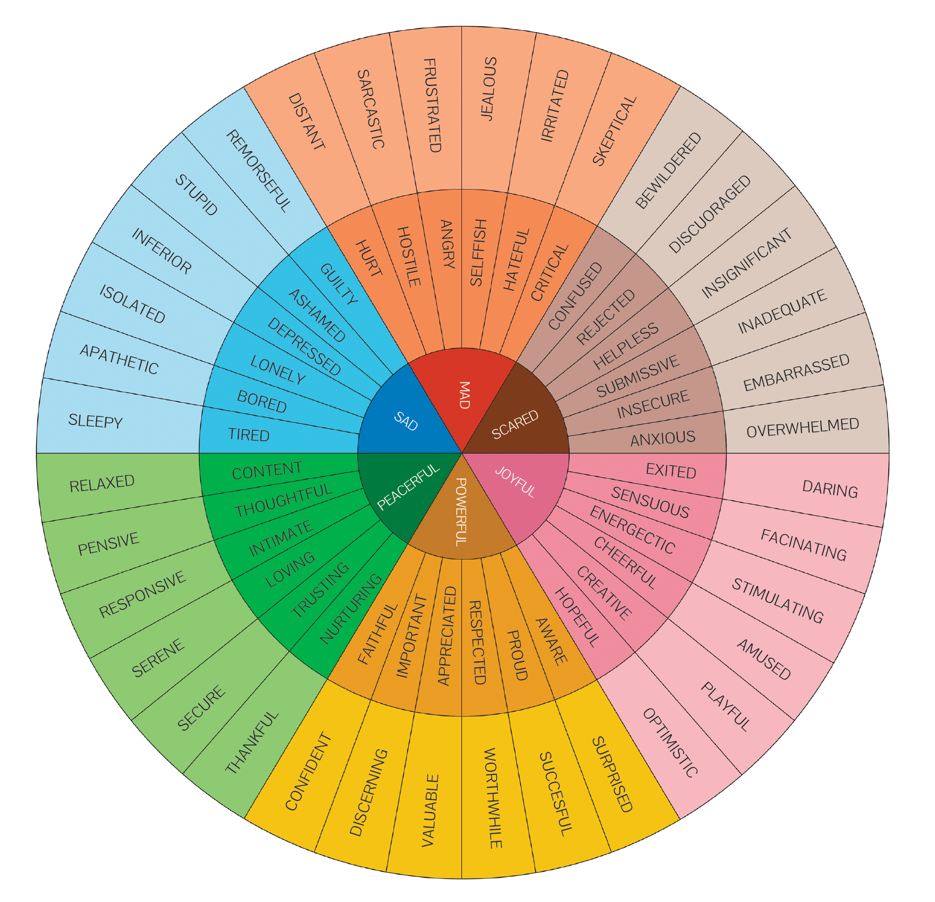🎨 How Validation of Emotions Can Help You Improve Your Relationships with Others and Yourself
Discover how emotional validation can improve relationships by helping you understand and label your emotions better. Learn the top invalidation phrases to avoid and how validating emotions fosters deeper connections.

At a Glance:
- Discover the key importance of emotions in decision-making
- Learn how to level up your emotional labeling
- What emotional validation is and how to use it to strengthen relationships
- Top invalidation sentences to avoid
Emotions are with us. They’ve always been with us.
Did you know that when the emotional part of the brain is damaged or removed, a person becomes incapable of making decisions?
Neuroscientist Antonio Damasio, in his 1994 book Descartes' Error: Emotion, Reason, and the Human Brain, demonstrated that damage to the emotional part of the brain—particularly the ventromedial prefrontal cortex—impairs a person’s ability to make decisions.
If we were deprived of the emotional part of our brain, we wouldn’t even be able to decide what to eat for breakfast. Every decision we make is influenced by how we feel. In the end, emotions are what drive our actions and choices in life.
Let’s start from the basics.
It can be hard to describe how we feel in certain situations. It’s not always obvious how to name or label our emotions.
Sound familiar?
I started using the emotions wheel. I focused on exploring one main emotion per day, diving deeper into the nuances of different emotional states.

After a week, I felt much more confident in understanding how various feelings ultimately lead to six primary emotions. The wheel was incredibly helpful in giving names to my emotions during reflection.
From a young age, we’re told: “Don’t cry,” “Don’t be sad, cheer up,” “Don’t be upset.” These are some of the most common strategies to handle emotions—pushing them aside, ignoring them, or avoiding exploration altogether.
In today’s world, it’s common to suppress emotions like sadness, anger, and fear—those that are often perceived as negative. We’ve grown used to hiding these feelings. It’s almost become a habit.
But in reality, we grow the most when we confront life’s challenges. We learn the most when we overcome hardships and rise above them. Of course, we’d all prefer to feel happy and strong all the time, but life doesn’t work that way. There will be tough moments. But when we validate how we feel, we allow ourselves to overcome those feelings and grow—both personally and professionally. That’s when the magic happens!
What if you tried something different?
What if you allowed yourself to explore your emotions instead of avoiding them?
What if you sat down with those emotions, felt them, and sought to understand where they were coming from?
Give it a try—I think it might be a more interesting journey than you expect.
Validation is key.
Allow yourself to feel sad if you’re sad. It’s okay. It’s normal. The key is how you react to those emotions and what you choose to do about them.
How can we validate others’ emotions?
It’s simple. You can say:
“I can see that you’re sad.”
“You have every right to feel this way.”
“It’s okay to feel sad.”
“It’s normal to feel so sad.”
“I understand that you’re feeling down.”
Let the other person know that their feelings are real and valid, and that they have the right to experience those emotions.
Here are some examples of invalidating statements you should avoid (toward others or yourself):
- “Don’t be sad.”
- "You're making a big deal out of nothing."
- "Stop being so sensitive."
- "Why are you even upset about this?"
- "You shouldn’t feel that way."
- "You're overreacting."
- "Don’t cry, it’s not a big deal."
- "You’re being too dramatic."
- "It’s not as bad as you’re saying."
- "I don’t get why you’re so emotional."
- "Others have it worse, you shouldn’t complain."
- "You always make it about your feelings."
- "You’re just imagining things."
- "It’s not the end of the world."
- "You’re too negative, just look at the bright side."
A small task for you:
Next time you’re with someone who feels sad, angry, or scared, try validating their emotions. Acknowledge that they have the right to feel the way they do and that it’s okay.
Observe how they react to that validation. Do they respond differently than usual? Do they feel understood? Do they seem to feel better?
So the next time you feel angry or sad, allow yourself to feel that way. It’s not about avoiding those feelings—it’s about what you do with them that matters. You are in control. You are in charge. By exploring the power of your brain, you can learn how to navigate emotions to your advantage.